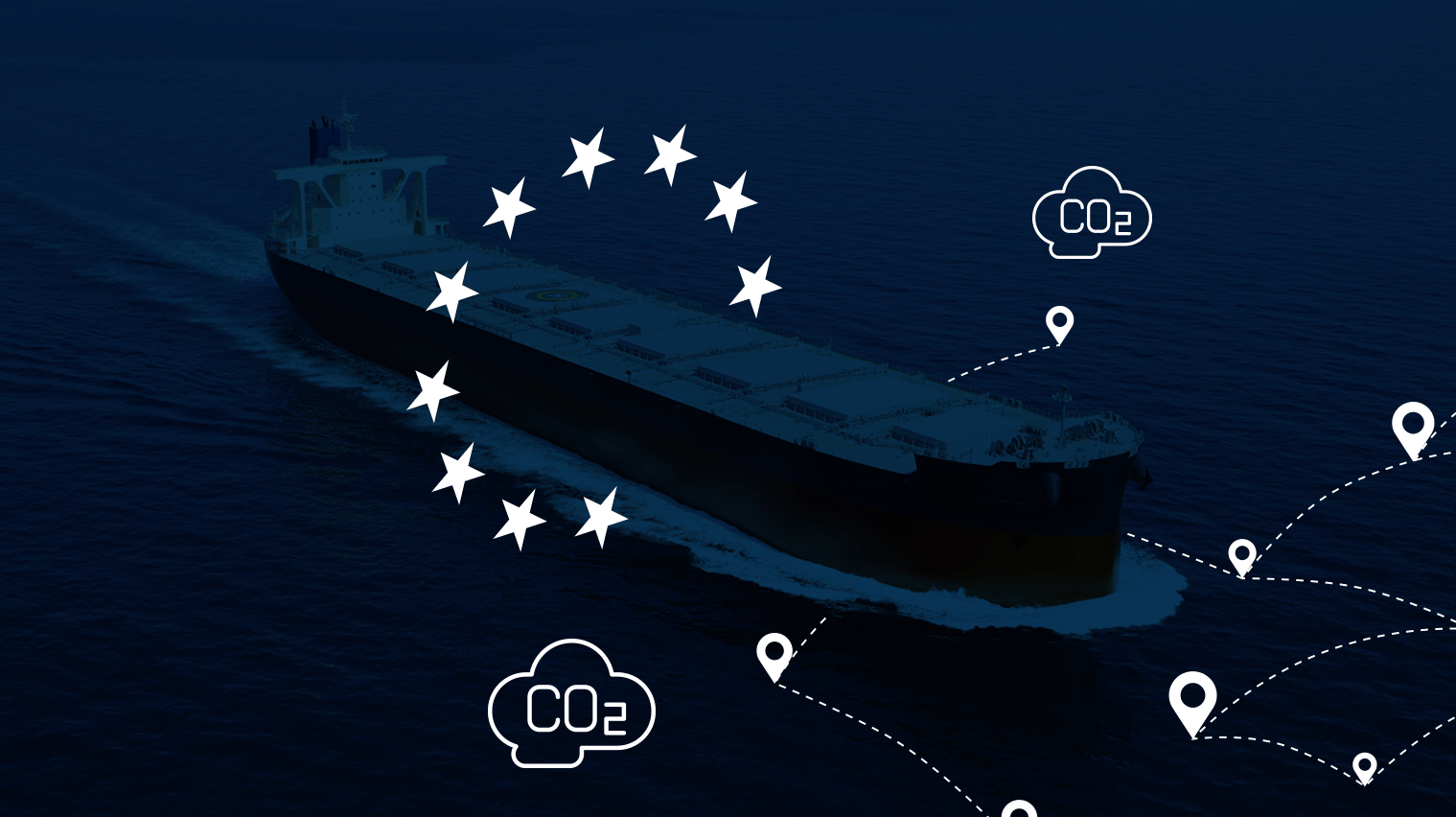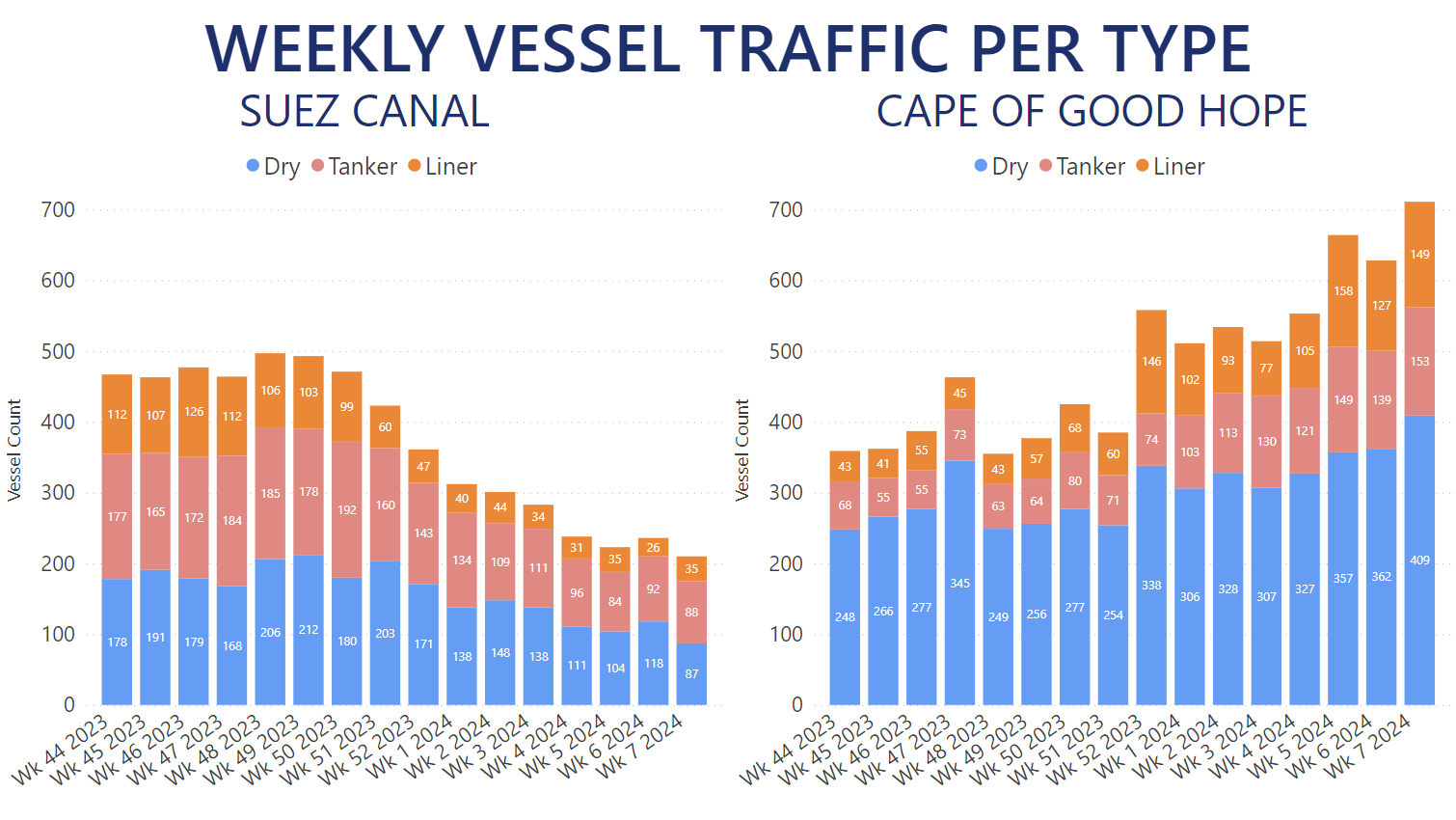Yet another round of GHG regulations
In July of 2023, IMO committed to new targets for GHG emissions reductions, to be developed and adopted in 2025. Among the basket of measures undertaken was the inclusion of maritime emissions in the EU's Emissions Trading System (ETS).
Starting January 2024, the EU ETS is to be extended to cover CO2 emissions from all vessels of more than 5,000 Gross Tonnage entering EU ports. The system will cover 100% of emissions from voyages occurring within EU waters, and 50% of emissions from voyages starting or ending outside of the EU. This is meant to permit non-EU nations to decide on appropriate measures for the remaining 50% of emissions in the latter case.
Technically, the EU ETS covers CO2, CH4 and N2O emissions, but the latter two are to be monitored no earlier than 2026.
How does this affect maritime operations?
Under the EU ETS system, shipping companies will have to purchase and use EU ETS emission allowances (EUA) for each tonne of reported CO2 (or CO2 equivalent) emissions.
During the initial phase-in period, companies will have to use allowances for a fraction of their emissions – 40% of their reported 2024 emissions in 2025; 70% of their reported 2025 emissions in 2026; 100% of their reported emissions from 2027.

The main obligations of shipping companies operating within the EU ETS will include monitoring their vessels' GHG emissions, issuing Emissions Reports, and submitting Documents of Compliance.
The challenges laying ahead
In order for a company to account for CO2 expenses practically, it must be able to accurately measure its fleet's emissions. On top of the already existing parameters being monitored by the maritime industry, the EU ETS introduces EUA and EUA Futures into the mix, adding another cost to the bag.
Complying with the EU ETS also imposes a significant reporting burden. The best approach in the digital age of shipping revolves around a tailor-made tool, providing as much data as possible, as quickly as possible, with as little user input as absolutely necessary.
The right tools in our box
Since the very introduction of IMO2020, we've been at the forefront of providing the shipping community with the tools necessary to meet its challenges successfully. Our CO2 compliance package currently includes a number of specifically tailored modules, designed from the ground up to equip our users for the latest GHG regulations. Providing the industry with an EU ETS compliance calculator is the next logical step on our journey.
We're excited to announce that our AXSDry Estimator is now EU ETS compatible. The latest addition to the Estimator provides our users with the total amount of EUA 2024 CO2, the EUA 2024 CO2 cost, as well as the EUA Freight Impact (the EUA CO2 cost impact on the freight) for any single voyage.
Our new tool automatically detects each leg in a Dry Bulk voyage in accordance with the EU ETS definitions, determines whether it's Intra-EU or Extra-EU, and calculates its CO2 emissions, applying the necessary allowance in the process. The results are displayed in terms of the coverage needed in 2024, while in 2025 and 2026 our tool will automatically adjust for the then expected EU ETS requirements.
You can find further details about our CO2 and CII suite at https://public.axsmarine.com/co2emissions-and-cii.








